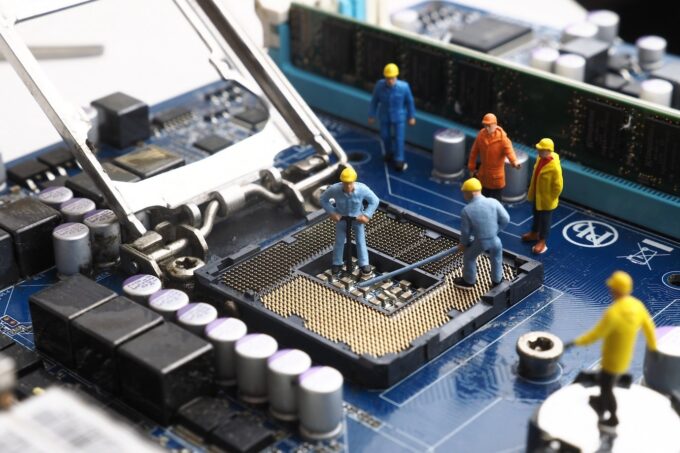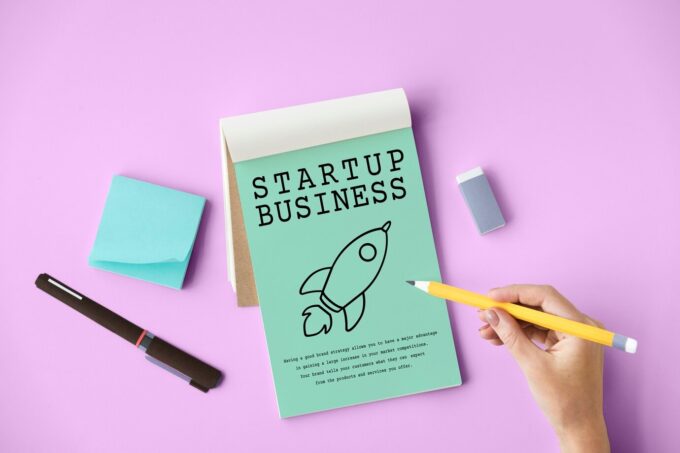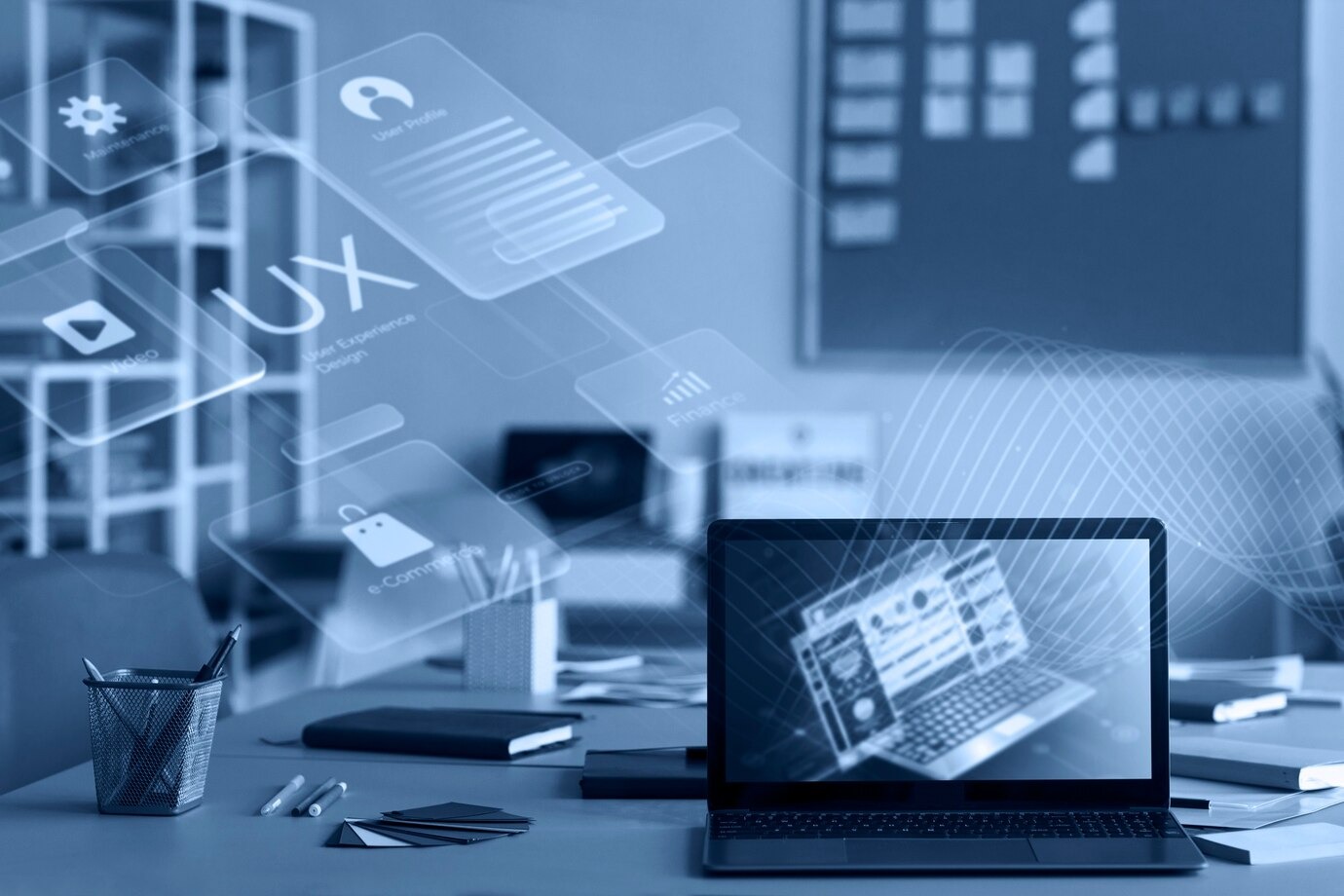As a startup, every dollar counts. You’re trying to stretch your limited funding as far as possible while building your business. One way to free up some extra cash is through R&D tax credits.
R&D tax credits are a government program that rewards companies for innovating. If your startup is engaged in research and development activities to create new or improved products, processes, software, formulas, inventions or techniques, you may be eligible for significant tax savings.
Here’s the exciting part – under the PATH Act, startups can claim up to $250,000 in R&D tax credits per year against their payroll tax liabilities for up to 5 years. This means you can instantly offset the federal taxes you pay for Social Security and Medicare. For most startups, that’s an immediate cash infusion when you need it most in those critical early years.
Not bad, right? Read on to learn more about how startups can qualify and benefit from using R&D tax credits.
What Qualifies as R&D for Startups

So how do you know if your startup’s work meets the definition of “research and development” for tax purposes? The IRS uses a 4-part test:
- First, your research activities must be aimed at eliminating uncertainty around developing or improving a business component. This could be a new product you’re designing, a new software feature you’re building, or a new manufacturing process you’re creating.
- Second, the R&D must discover information that helps eliminate that uncertainty. Through testing, experimentation, prototypes, and trials, you’re uncovering new knowledge.
- Third, the activities must rely on technical disciplines like engineering, computer science, or biological sciences. In other words — you’re inventing new techy stuff.
- Finally, you must engage in experimentation through things like testing alternatives, iterative trials, prototyping, and refining to get to your end solution.
Some examples of startup work that often qualifies:
- Software development: creating new algorithms, building and testing prototype apps, debugging programs
- Product design: formulating new product formulas, designing prototypes, refining functionality
- Manufacturing: designing custom equipment, testing new production processes, refining techniques
The key is that you’re venturing into the unknown to try creating something new or better. That entrepreneurial spirit of innovation is exactly what the government wants to encourage and reward!
R&D for Software Development Startups
If your startup is building new software or improving existing software, you’re likely doing qualified R&D.
Some examples include:
- Creating new algorithms that enable new product features or improved performance
- Designing and developing prototype apps or programs
- Writing and debugging code to fix issues and optimize software
- Refining the logic and algorithms through ongoing testing and troubleshooting
- Adding new functionality to existing software
Basically, any highly technical work your software engineers or developers are doing to eliminate uncertainties and develop new or improved software can count.
So all the time your team spends fixing bugs, troubleshooting problems, optimizing performance, and adding new features most likely qualifies as R&D. Just be sure to keep detailed records of their work, such as time tracking, code revisions, test results, and notes on improvements made. This documentation will be key to claiming your tax credits!
R&D for Hardware/Product Development

Beyond software, developing new physical products and devices also qualifies as R&D for tax purposes.
Some examples of qualifying product development activities include:
- Designing and building prototypes of new products, equipment, or devices
- Experimenting with different materials and formulations for things like consumer goods, cosmetics, pharmaceuticals, chemicals, etc.
- Testing product functionality, durability, performance under different conditions
- Iteratively refining and improving product design and production processes
- Troubleshooting issues with product performance and making modifications
So all the work your engineers, scientists, and product developers do to design, build, and test new prototype products counts.
Just remember to keep detailed records like project plans, formulation lab notebooks, prototype iterations, product testing protocols, and design improvements. Thorough documentation is key to substantiating your R&D claims!
Key Benefits of R&D for Startups

Immediate Tax Savings
The best part about R&D tax credits for startups is that you get immediate tax savings on your payroll liabilities. This is huge for cash flow.
Rather than having to wait until you’re profitable to use the credits against income taxes, you can instantly offset up to $250,000 per year of your payroll taxes for Social Security and Medicare. That’s up to $250k you can hang on to now when you need it most!
More Money to Reinvest in Growth
Being able to keep an extra $250k each year gives startups more working capital to reinvest in growth.
That could mean hiring more developers, renting better equipment, increasing your marketing budget, or purchasing materials and supplies for further R&D.
During the critical early stages when funding is extremely limited, R&D tax credits give startups more runway. This extra cashflow allows you to get to the next milestone while conserving investor capital.
Increased Valuation
The tax savings startups get from R&D credits also improves key financial metrics like profitability.
Higher profit margins make startups more attractive to potential investors and acquirers. It signals that the business is being run efficiently.
This can lead to higher valuations down the line during Series A/B funding rounds or exit events like mergers and acquisitions.
What Documentation is Needed to Qualify your Startup

To claim your R&D tax credits, you’ll need to thoroughly document your research activities and expenses. This proves to the IRS that your work truly qualifies.
Some key records to maintain include:
- Timesheets for all employees involved in R&D: tracks hours worked on specific projects
- Detailed project documentation: progress reports, milestones, outcomes
- Software revisions: version histories, release notes, bug fixes and new features
- Lab notebooks: formulas, test protocols, results data, analyses
- Prototype iterations: photos, drawings, schematics, simulations
- Parts/materials costs: itemized list of supplies and inventory used
- Vendor invoices: for contract work, equipment rentals, services
Having clear, consistent documentation not only supports your R&D credit claims, but also demonstrates that your startup has orderly processes and takes innovation seriously.
Final word
As an entrepreneur, you pour so much blood, sweat, and tears into building your startup. Late nights coding, early mornings testing, and endless iterations to get your product just right.
The R&D tax credit was created to reward that entrepreneurial spirit of innovation – your drive to create something new and make it better through rigorous research and development.
So remember, while you’re heads-down working to build the future through technology, you can get up to $250,000 back per year from the government to help fuel your startup’s growth.
Fi Group can help you with claiming R&D tax credits, which will allow you to retain more of your hard-earned capital to continue pushing the boundaries, disrupt industries, and build a better tomorrow.









